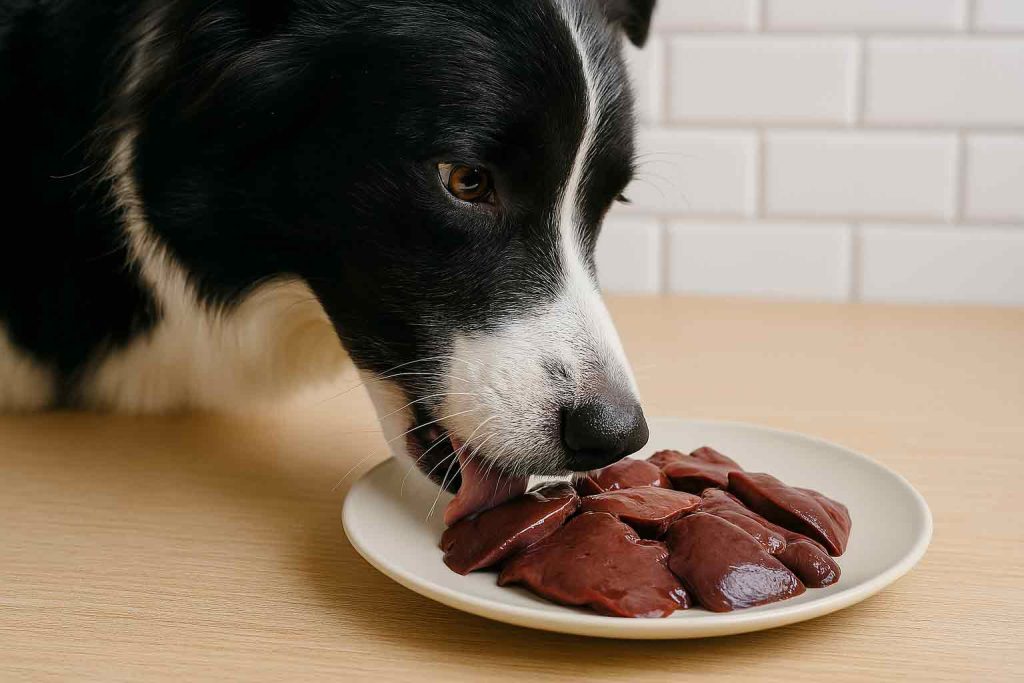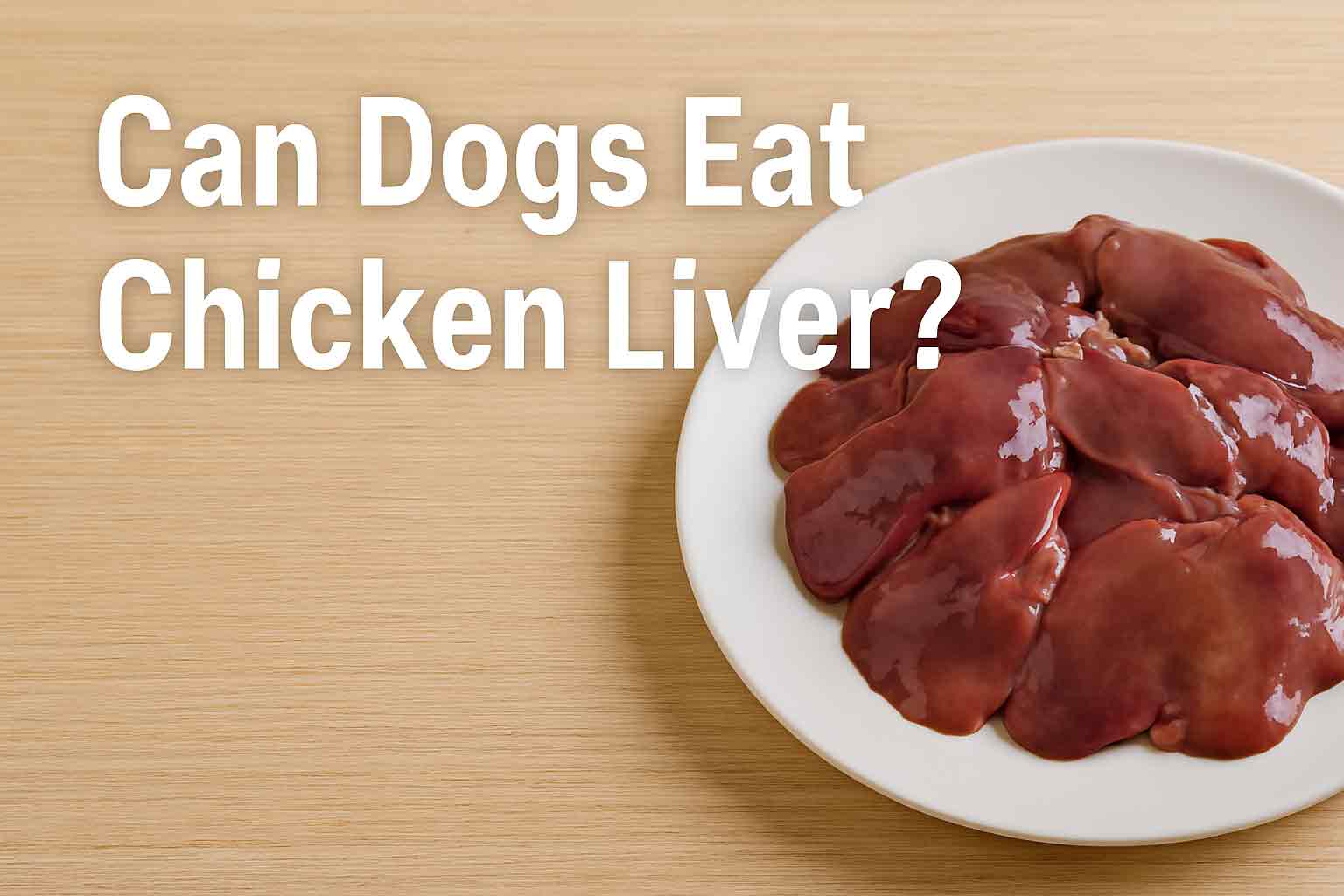Can Dogs Eat Chicken Liver? Benefits, Risks, and Serving Tips
Table of Contents
- 1. Introduction
- 2. Is Chicken Liver Safe for Dogs?
- 3. Nutritional Benefits of Chicken Liver for Dogs
- 4. How Much Chicken Liver Can Dogs Eat?
- 5. Potential Risks of Feeding Chicken Liver
- 6. Raw vs. Cooked Chicken Liver: What’s Best for Dogs?
- 7. Ways to Prepare Chicken Liver for Dogs
- 8. Signs Your Dog Has Eaten Too Much Liver
- 9. Alternatives to Chicken Liver
- 10. Frequently Asked Questions
- 11. Final Thoughts
- 12. Key Takeaways
1. Introduction
If you’ve ever wondered, “can dogs eat chicken liver?”, you’re not alone. Chicken liver is often praised as a nutritious treat for dogs, but it’s essential to know the right amounts and preparation methods to ensure it’s safe and beneficial for your furry friend.
2. Is Chicken Liver Safe for Dogs?
Yes, chicken liver is generally safe for dogs to eat. In moderation, it can provide essential nutrients. However, like all good things, too much can lead to health problems. It’s crucial to feed chicken liver in appropriate quantities and preparations.
3. Nutritional Benefits of Chicken Liver for Dogs
Chicken liver is a powerhouse of nutrients, providing several benefits:
- Rich in vitamins: High in vitamin A, vitamin B complex, and vitamin C
- Protein-packed: Excellent source of protein, essential for muscle maintenance
- Mineral-rich: Contains iron, zinc, and copper, supporting overall health
- Good for eyes and skin: Vitamin A promotes healthy vision and skin condition
4. How Much Chicken Liver Can Dogs Eat?
Moderation is key. Veterinarians generally recommend that liver makes up no more than 5% of your dog’s total diet. Here’s a general guideline:
- Small dogs: 1-2 teaspoons, a couple of times a week
- Medium dogs: 1-2 tablespoons, 2-3 times per week
- Large dogs: Up to 1/4 cup, 2-3 times per week
5. Potential Risks of Feeding Chicken Liver
Despite its benefits, there are some risks associated with feeding chicken liver:
- Vitamin A toxicity: Overconsumption can lead to vitamin A toxicity, causing joint pain, bone spurs, or digestive issues
- High cholesterol: Too much liver can increase cholesterol levels, leading to health issues over time
- Digestive upset: Sudden dietary changes or large amounts can cause diarrhea or vomiting
6. Raw vs. Cooked Chicken Liver: What’s Best for Dogs?
Both raw and cooked chicken liver have pros and cons:
- Raw liver: Retains maximum nutrients but carries risk of bacterial contamination
- Cooked liver: Safer, easier to digest, but loses some nutrients in the cooking process
Generally, lightly cooking (steaming or boiling) liver is recommended for safety.

7. Ways to Prepare Chicken Liver for Dogs
Here are easy, healthy ways to prepare chicken liver:
- Boiled or steamed: Simple and retains nutrients well
- Baked liver treats: Great for training rewards
- Mixed into meals: Chopped finely and added to regular dog food
8. Signs Your Dog Has Eaten Too Much Liver
Watch for these symptoms indicating possible liver overconsumption:
- Diarrhea or vomiting
- Lethargy or lack of appetite
- Joint pain or stiffness
- Excessive thirst and urination
9. Alternatives to Chicken Liver
If you’re concerned about the risks, consider these alternatives:
- Other organ meats: Beef or turkey liver in moderation
- Lean muscle meats: Chicken breast, turkey, or fish
- Vegetable treats: Sweet potato or pumpkin as healthy fiber sources
10. Frequently Asked Questions
Can puppies eat chicken liver?
Yes, but introduce it slowly and in very small amounts.
Is liver good for dogs with anemia?
Yes, chicken liver is iron-rich and beneficial for anemic dogs when fed appropriately.
Can dogs eat chicken liver daily?
No, due to the risk of vitamin A toxicity, daily feeding isn’t recommended.
11. Final Thoughts
Can dogs eat chicken liver? Absolutely—when fed correctly, chicken liver can be a highly nutritious part of your dog’s diet. Just remember moderation is essential, and always consult your veterinarian if unsure.
12. Key Takeaways
- Chicken liver is safe and beneficial for dogs in moderation.
- Limit liver to about 5% of your dog’s weekly diet.
- Be cautious of vitamin A toxicity.
- Lightly cooked liver is safer than raw.
- Always introduce new foods gradually and watch for signs of intolerance.







